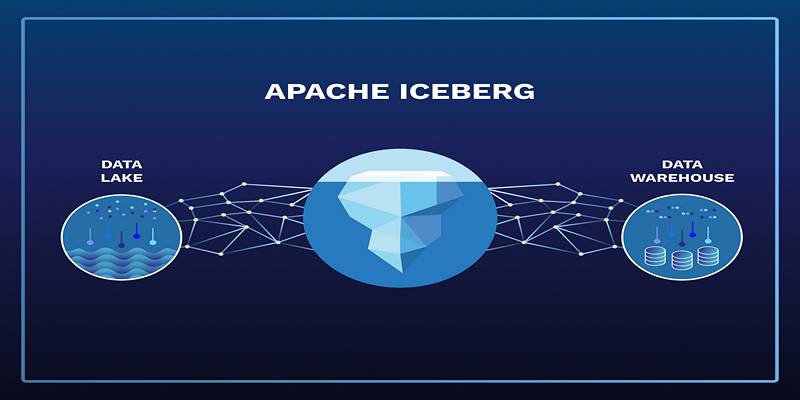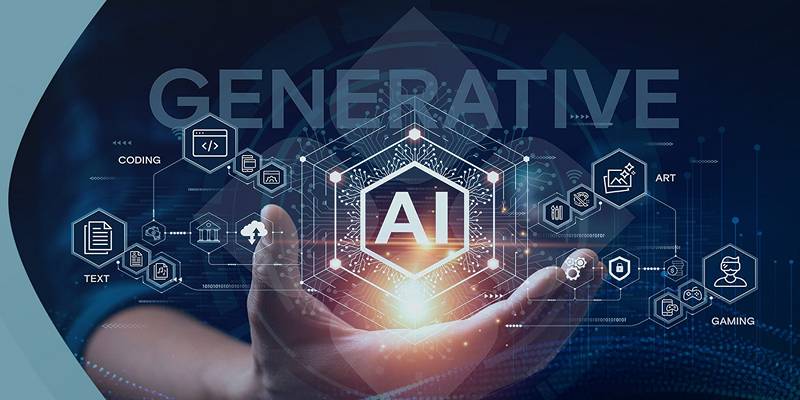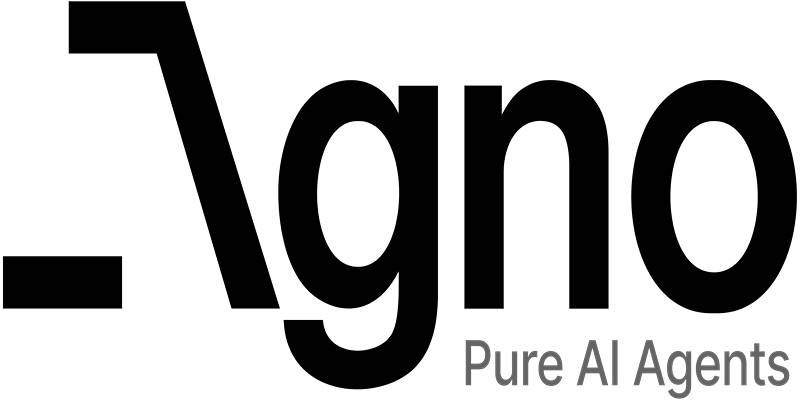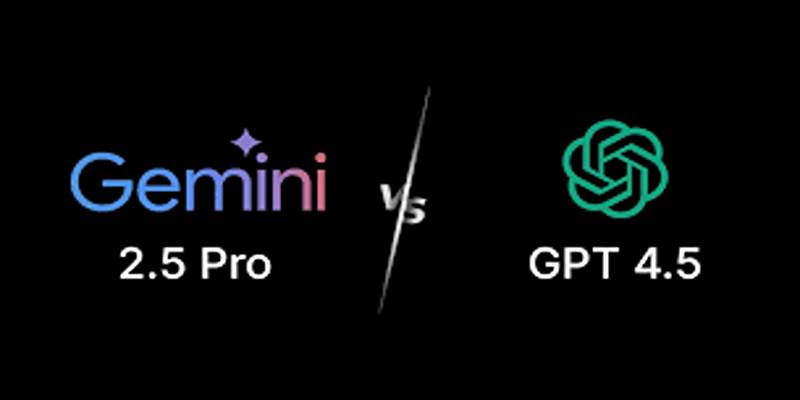As artificial intelligence continues to grow, large language models (LLMs) have become known for their powerful capabilities. However, their size often comes with high costs in terms of memory, computation, and deployment complexity. This challenge has led to the rise of small language models (SLMs), which aim to bring the benefits of AI to low-resource environments. One of the most promising techniques for enhancing these models is MiniRAG—short for Mini Retrieval-Augmented Generation.
MiniRAG helps small language models punch above their weight by combining smart retrieval methods with language generation. This approach allows compact models to produce high-quality responses without needing to store all knowledge internally.
What Is MiniRAG?
MiniRAG stands for Mini Retrieval-Augmented Generation. It’s a technique that combines a small language model with an external data retriever. Instead of forcing the model to “remember” everything, MiniRAG helps it look up relevant information and generate better responses based on that. This method is inspired by traditional RAG systems used in large models like GPT-4 or Claude, but it’s carefully adapted to work efficiently with models that have fewer parameters.
Why Retrieval Is Important for Small Language Models
Small language models often face limitations due to their reduced number of parameters and smaller training datasets. These limitations affect their ability to recall information, understand complex contexts, or provide accurate facts. MiniRAG solves this issue by connecting the model to external knowledge rather than increasing the model’s size.
Some key benefits of MiniRAG for small models include:
- Improved factual accuracy: Answers are grounded in real documents.
- Low memory usage: The model doesn’t need to memorize everything internally.
- Reduced hallucination: Responses are more fact-based and reliable.
- Customizability: Users can add or update their own data sources easily.
- Low cost: It enables intelligent results on affordable devices.
It makes MiniRAG especially useful in situations where compute resources are limited or real-time updates are required.
How MiniRAG Works Step-by-Step

MiniRAG follows a well-structured pipeline that combines a retriever module and a small language model. The process is simple but highly effective.
Retrieval-Augmented Generation Workflow
Here is how a MiniRAG-based system typically functions:
- User Input
A user submits a question or request. - Query Embedding
The query is turned into a vector (numerical format) using an embedding model. - Document Retrieval
The vector is used to search a database or vector store for similar content. Tools like FAISS, Chroma, or Weaviate are commonly used. - Relevant Chunk Selection
The top matching document chunks are selected and formatted for the model. - Answer Generation
The small language model reads the context and generates an answer based on the retrieved material.
By using this hybrid search-and-generate approach, MiniRAG ensures that answers are both relevant and grounded in reliable sources.
What Makes MiniRAG Different from Standard RAG?
While the core idea behind MiniRAG and traditional RAG is the same, the design goals are quite different. Standard RAG is optimized for powerful LLMs that can handle multiple documents, longer contexts, and complex reasoning tasks. MiniRAG, on the other hand, focuses on being lightweight, efficient, and adaptable for constrained environments.
Here’s a quick comparison:
Feature | Traditional RAG | MiniRAG |
|---|---|---|
Target Model Size | Large (e.g. GPT-3) | Small (e.g. TinyLlama) |
Hardware Requirements | High | Low |
Suitable for | Cloud, enterprise | Mobile, edge devices |
Latency | Moderate to high | Low |
Memory Usage | High | Minimal |
MiniRAG enables smaller models to remain competitive while being more cost-effective and energy-efficient.
Use Cases Where MiniRAG Shines
MiniRAG is designed to bring advanced capabilities to areas that were previously out of reach for small models. It can be deployed in several practical scenarios:
Top Use Cases for MiniRAG
- Customer Support Systems
MiniRAG can power chatbots that access support manuals and knowledge bases to provide real-time, accurate answers to customers. - Educational Tools
Learning platforms can use MiniRAG to answer student questions based on books, lecture notes, and research papers. - Healthcare Applications
MiniRAG helps create compact medical assistants that reference clinical documentation or guidelines to suggest the next steps. - Legal Research Assistants
Small legal models can retrieve and summarize laws, case studies, and legal precedents quickly. - Offline Devices
In rural or low-connectivity areas, MiniRAG enables smart assistants to work without internet access by referencing locally stored documents.
These examples highlight how MiniRAG brings the benefits of RAG-based systems to devices that were previously limited by hardware constraints.
Building a MiniRAG System: What’s Needed?
Creating a MiniRAG system is surprisingly accessible for developers and organizations. The setup requires some basic components:
- Small Language Model
Lightweight models such as Phi-2 or TinyLlama serve as the core of the system. - Retriever System
Tools like FAISS, Qdrant, or Chroma can be used to find the most relevant documents using vector search. - Document Store
Custom documents are chunked and embedded into vector format for efficient searching. - Embedding Model
Sentence transformers or other small embedding models are used to convert both queries and documents into vectors. - Prompt Template
A carefully designed prompt feeds the retrieved content to the model for response generation.
Developers can experiment with open-source tools like LangChain, Haystack, or LlamaIndex to set up this architecture easily.
Best Practices to Improve MiniRAG Performance

For those who want to fine-tune their MiniRAG setup, a few practices can enhance quality and speed:
- Use clean, well-structured documents
Good formatting improves retrieval relevance. - Chunk text wisely
Break down documents into paragraphs or headings to improve match quality. - Limit token usage
Be aware of the token limit of the small model to avoid cutoff issues. - Choose fast embedding models.
Lightweight embedding models speed up the retrieval process and keep things snappy.
Conclusion
MiniRAG is changing how small language models operate by giving them access to retrieval-based intelligence. It bridges the gap between the limited memory of compact models and the growing demand for real-time, accurate answers. By combining smart search techniques with lightweight generation, MiniRAG offers a practical, cost-effective solution for deploying AI in everyday scenarios. As more organizations look to bring AI to low-resource settings, MiniRAG offers a pathway to do so—without needing massive hardware or deep pockets. With the right setup, even a small model can think big.











